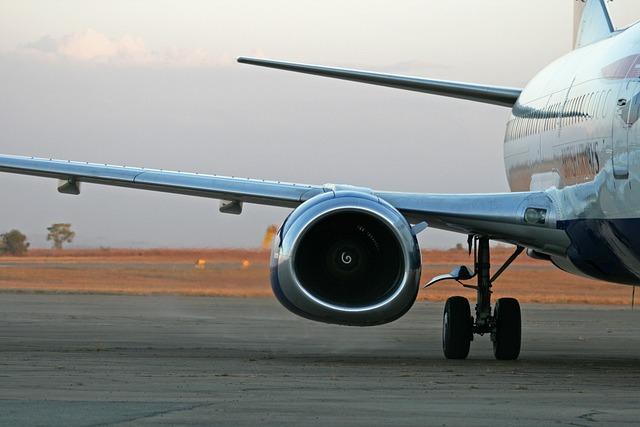SAF To Remain Twice As Much As Kerosene Until Mid-Century, Says Report

Sustainable aviation fuel (SAF), while currently the most scalable and practical option to decarbonize aviation, is set to be hampered by high prices, more than twice that of kerosene, until mid-century. So says a report from LEK Consulting, a global strategy consultancy.
The report says that to achieve a targeted 65% penetration by 2050 would require a leap in global SAF capacity to over 400 million tons p.a. from less than 1 million tons p.a. today. Demand and current production methods mean SAF would cost an extra $3.5-5.5 trillion more over that time than kerosene alone.
However, LEK believes that financial burden could be absorbed by an 18% ticket price without heavily impacting volume demand.
The consultancy suggested six key steps to increase adoption of SAF: creating global safety standards, scaling supply, promoting acceptance, minimizing fuel consumption, targeted infrastructural development, and supporting industry pathfinders.
John Goddard, Vice Chair for Sustainability at LEK, said: “It is critical that stakeholders across both industry and government collaborate to accelerate the acceptance and adoption of SAF.
“Time is of the essence: without action now, the decarbonisation goal will not be achieved.”
Comments
AWST Oct 2-15, 2023 page 62 German aerospace center DLR estimates that SAF reduces climate impact by 25%, but you also need aircraft to be redesigned to fly slower and 6000’ lower to offset the climate effect of contrails, NOx, and water vapor. Water vapor is also a huge greenhouse gas. So switching to hydrogen fuel might not help your
sustainability and climate goals much either. Getting back to only 18% extra cost per ticket, given the trillions necessary to produce SAF in meaningful quantities, and the trillions likely to both redesign and procure all these worldwide new slower/lower aircraft one must seriously doubt it will only be an increase of 18%.